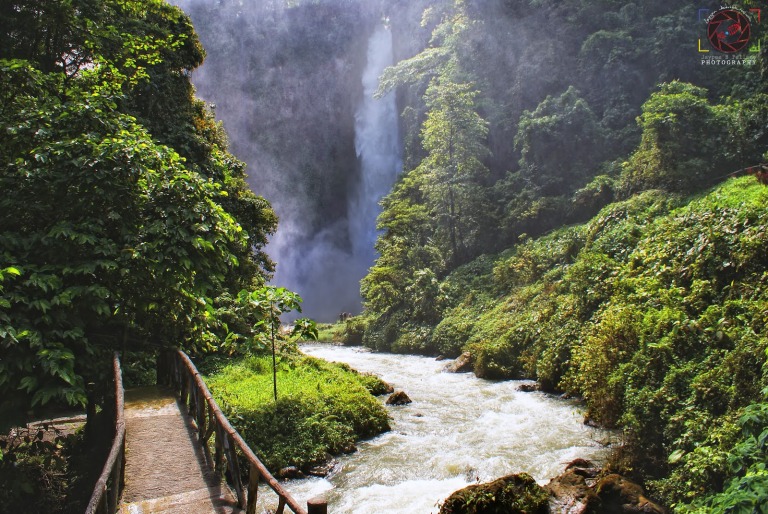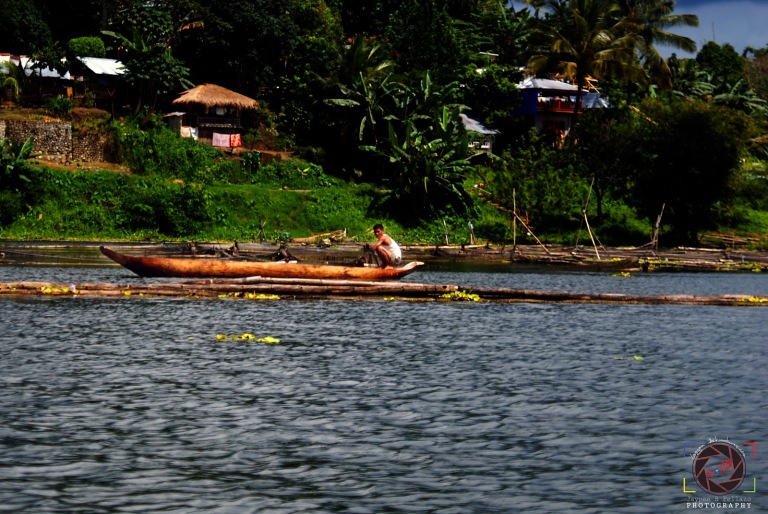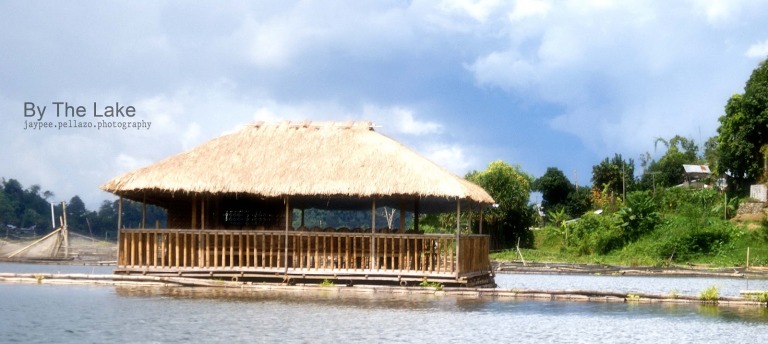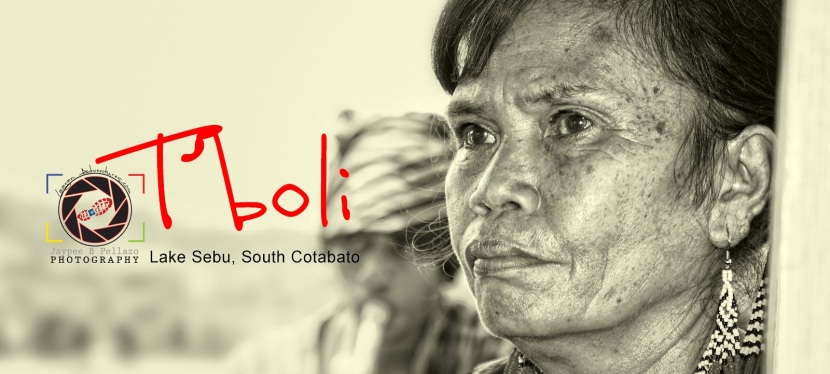Repost from Laagan Adventures (May 15, 2011)

The T’bolis are well known among the 18 tribes of Mindanao. Majority of them settles in the mountains of South Cotabato particularly in Lake Sebu. Even with the local government’s push towards development, T’bolis were able to maintain and preserve their rich culture and traditions. Their ways of living, in the present progressive state of Lake Sebu, can still be compared with how their ancestors lived centuries ago.
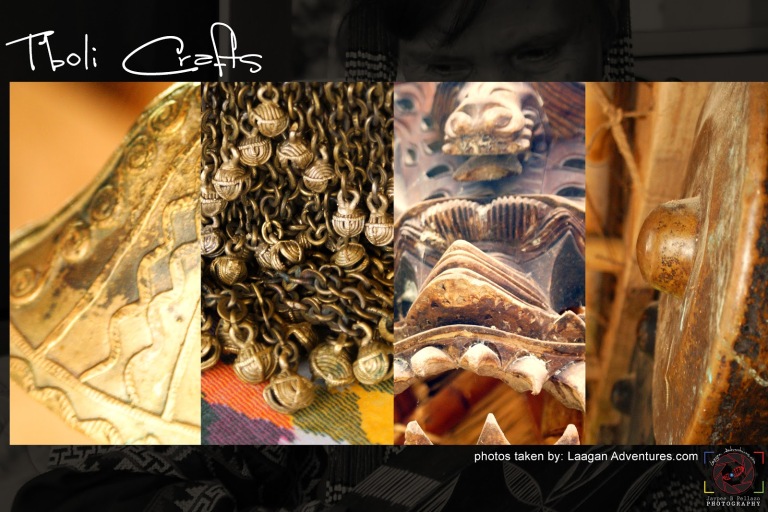
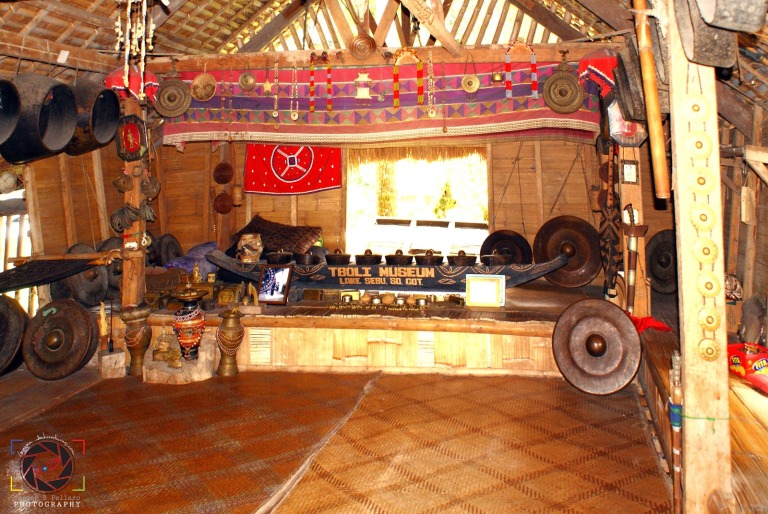
Their contribution to the tourism industry of South Cotabato has been a big factor. They are famous for intricate handicrafts such as their colorful bracelets, earrings, brass ornaments and their world-class woven fabric called the “t’nalak”. Bags and clothes made of t’nalak are being sold expensively in parts of Europe and the United States.
The friendly T’boli Tribe in South Cotabato is worth a visit. Their happy characteristic will make your stay even more stirringly memorable. Moreover, when visiting Lake Sebu, don’t forget to witness and be entertained by the T’bolis’ tribal dances. These dances are inspired by the strokes of animals like that of the monkeys and birds. Their tribal songs are the traditions they’ve cherished from their ancestors, likewise their living connections with them ( their great grandparents).
Legends say (excerpts from The T’boli Tribe of South Cotabato)…
“…T’bolis are descendants of the survivors of a great flood. A man named Dwata warned the people of an impending great flood. But the tribe refused to listen, except for two couples, La Bebe and La Lomi, and Tamfeles and La Kagef. Dwata told them to take shelter in bamboo so huge they could fit inside and in this way survive the flood. The first couple is the ancestors of the T’boli and other highland ethnic groups. The second couple descended the other Filipino indigenous groups.”
“…T’boli women are named dreamweavers. The T’nalak weaving was taught by a goddess named Fu Dalu in a dream and that women learn this ethnic and sacred ritual, based on tribal designs and cloth patterns through their dreams.”
Tourist Spots in Lake Sebu
